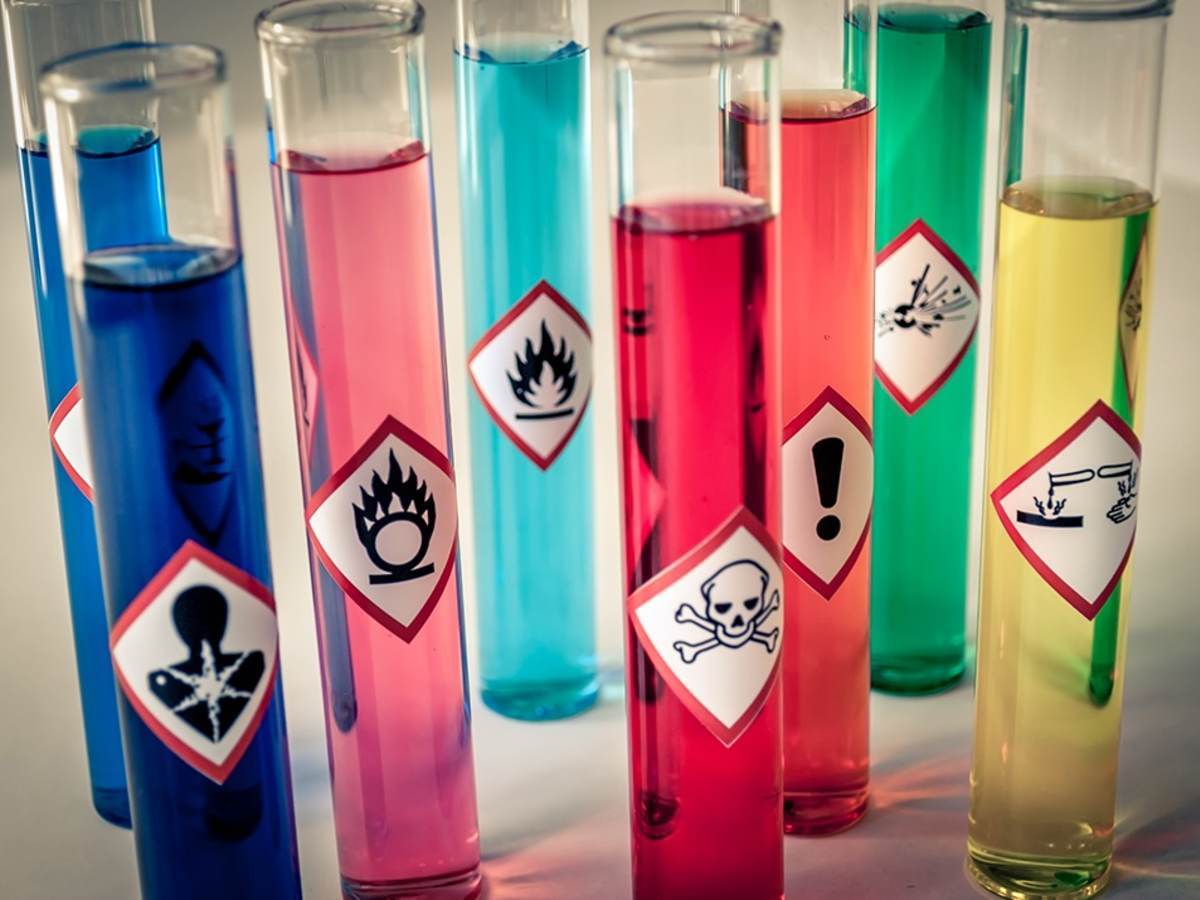March 23, 2022
By Chelsea Lane, regulatory specialist, UL's Supply Chain team
The California Environmental Protection Agency Office of Environmental Health Hazard Assessment (OEHHA) is the lead agency for implementing and issuing public rulings about the Safe Drinking Water and Toxic Enforcement Act of 1986, also known as Proposition 65. Prop 65 was enacted to protect citizens and the state's drinking water sources from chemicals known to cause cancer, birth defects, or other reproductive harm, and to inform citizens about exposures to such chemicals. Companies that operate within California, with ten or more employees, are required to provide a clear and reasonable warning through labeling consumer products, posting signs at the workplace, distributing notices at rental housing complexes, or publishing notices in newspapers before knowingly and intentionally exposing anyone to a listed chemical. Once a chemical appears on the list, businesses have 12 months to comply with warning requirements. Proposition 65 also prohibits companies that do business within California from knowingly discharging listed chemicals into drinking water. Once a chemical is listed, businesses have 20 months to comply with the discharge prohibition.
The latest chemical to be added to the Prop 65 list is perfluorooctanoic acid (PFOA). This chemical was added based on the "authoritative bodies mechanism" - one of the four ways that chemicals are added to the list. When organizations designated as authoritative bodies formally identify a chemical as causing cancer or birth defects or other reproductive harm, that chemical will be added to the Prop 65 list. In this case, the listing of PFOA (CAS RN 335-67-1) is based on its formal identification by the National Toxicology Program (NTP) that the chemical causes cancer. OEHHA's notice of intent to list, published on March 19, 2021, cites the 2020 report entitled "NTP Technical Report on the Toxicology and Carcinogenesis Studies of Perfluorooctanoic Acid Administered in Feed to Sprague Dawley Rats." The two-year feed study concluded that there was clear evidence of carcinogenic activity. The notice also states that "PFOA was widely used in manufacturing of a variety of consumer products that included many nonstick applications, such as for clothing and cookware. PFOA is no longer produced in the US and its production and use worldwide was significantly curtailed with the 2019 ban of the compound under the Stockholm Convention on Persistent Organic Pollutants. However, its persistence in the environment and breakdown of certain other per- and polyfluoroalkyl substances result in continued PFOA exposure."
UL’s ChemADVISOR® Regulatory Database will reflect the changes in the April 2022 release (Q2).
References
Prop 65 List dated February 25, 2022
Notice of intent to list PFOA
NTP Technical Report on the Toxicology and Carcinogenesis Studies of Perfluorooctanoic Acid (CASRN 335-67-1) Administered in Feed to Sprague Dawley (Hsd:Sprague Dawley® SD®) Rats
Regulatory Roundup Newsletter
Never miss an update
UL, the global safety science leader, can keep you updated on the latest events with a variety of materials, ranging from the latest regulatory news, webinars, white papers, events, industry insights and more.
Subscribe to our monthly Regulatory Roundup Newsletter and stay up to date on current and upcoming regulations and all the latest chemical industry news.
Safety Data Sheet (SDS) Authoring and Labeling Services
Create, maintain and distribute comprehensive SDSs and labels to meet your increasingly complex global compliance requirements.
Chemical Regulatory Compliance
Manage your chemical compliance needs with the help of global regulatory expertise and leading resources.
Chemical Compliance Training
UL provides a series of chemical regulatory training programs designed to help understand the diverse set of requirements and how to confront them.
Get connected with our sales team
Thanks for your interest in our products and services. Let's collect some information so we can connect you with the right person.





